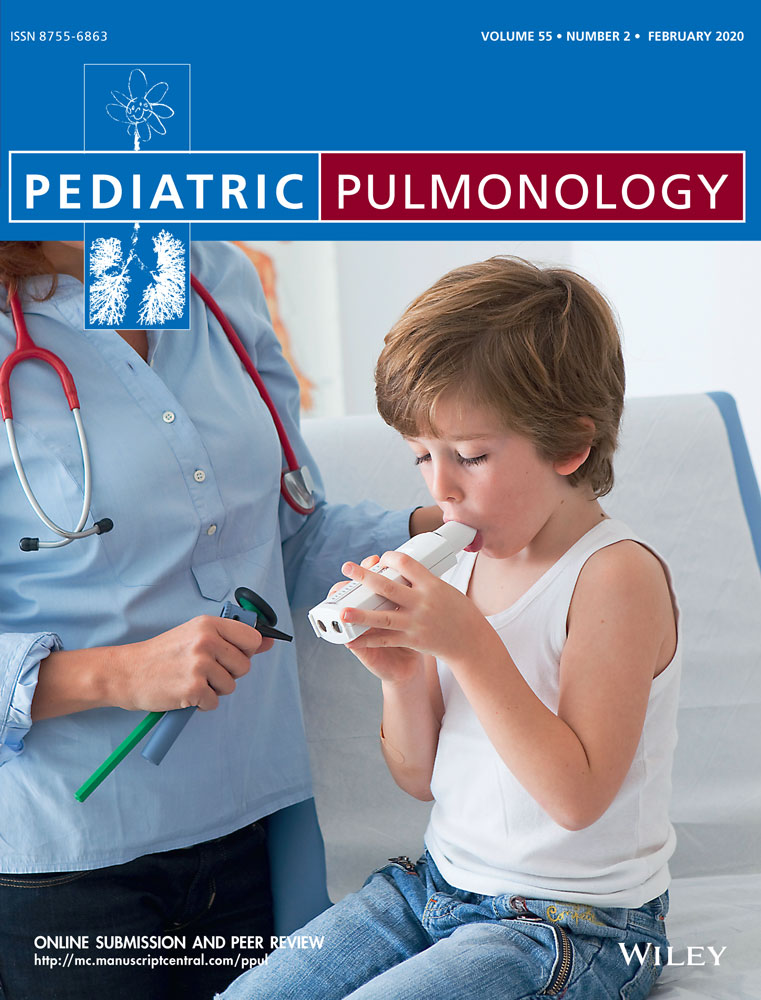Test for respiratory and asthma control in preschool kids in the emergency department as a predictor of wheezing exacerbations
Maya Harel-Sterling and Ruixue Dai contributed equally to this work as principle authors; Padmaja Subbarao and Suzanne Schuh contributed equally as senior authors.
This research was presented as a poster presentation at the Pediatric Academic Societies Annual Meeting in Baltimore in April 2019, and at the Department of Pediatrics Research Day at the Hospital for Sick Children in Toronto, Ontario in May 2019.
Abstract
Objective
The test for respiratory and asthma control in kids (TRACK score) is a standardized questionnaire tool validated to identify poor symptom control in children with stable preschool wheeze. This study determined if TRACK score measured within 5 days of an Emergency Department (ED) visit for acute wheezing predicts a subsequent wheezing exacerbation requiring an ED visit and/or treatment with systemic corticosteroids within 3 months.
Methods
This was a single-center prospective cohort study of children aged 36 to 71 months who presented to the ED with an acute episode of wheezing and had TRACK score measured at a clinic visit within 5 days of the index ED encounter, focused on information about symptoms occurring before the onset of the current acute episode. The outcomes were the independent association of a repeat wheezing exacerbation with the overall TRACK score (primary) and with mutually uncorrelated TRACK items (secondary), adjusted for sex and atopy.
Results
We enrolled 102 children; median age 52.3 (44.1, 59.9) months, 59% males. Of these, 33 (32.4%) had further wheezing exacerbations. For each 10 unit decrease in TRACK, the odds of a future exacerbation was 1.38 (95% CI, 1.10-1.75); male sex demonstrated OR, 5.13 (1.84-14.33). A model that included TRACK items reflecting more than equal to 1 awakenings for wheezing in the past 4 weeks, receipt of more than equal to 2 courses of corticosteroids in the last year and male sex was predictive of wheezing exacerbations: OR, 6.43 (2.18-19.00).
Conclusion
In preschoolers with acute wheezing episodes in the ED, we have identified the TRACK score components which, together with male sex, can be used to identify children at risk of future exacerbations requiring referral for specialized care. These results need to be confirmed and validated in other populations enrolled at multiple sites before they can be implemented in practice.
CONFLICT OF INTERESTS
The authors declare that there are no conflict of interests.




